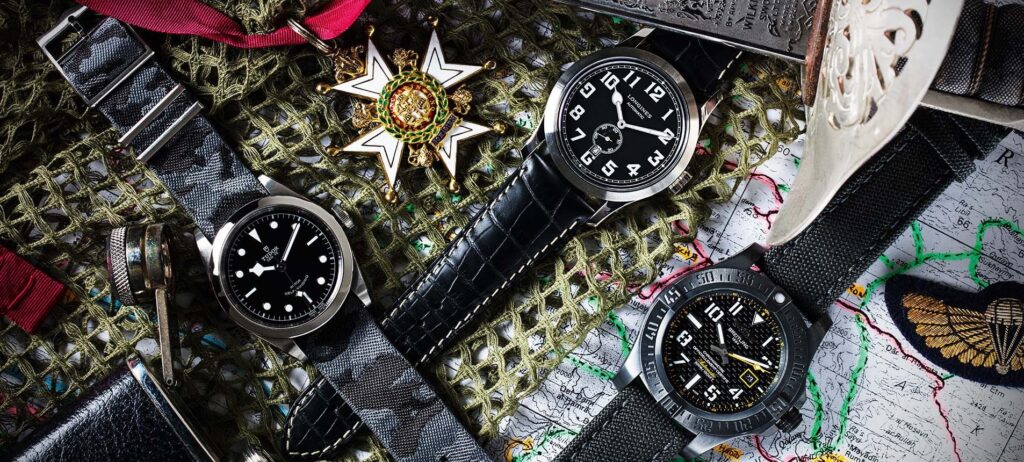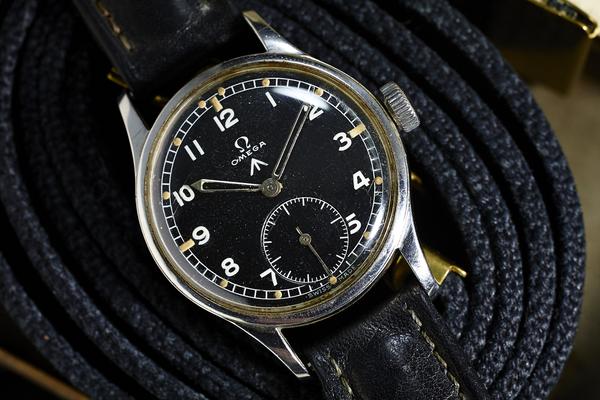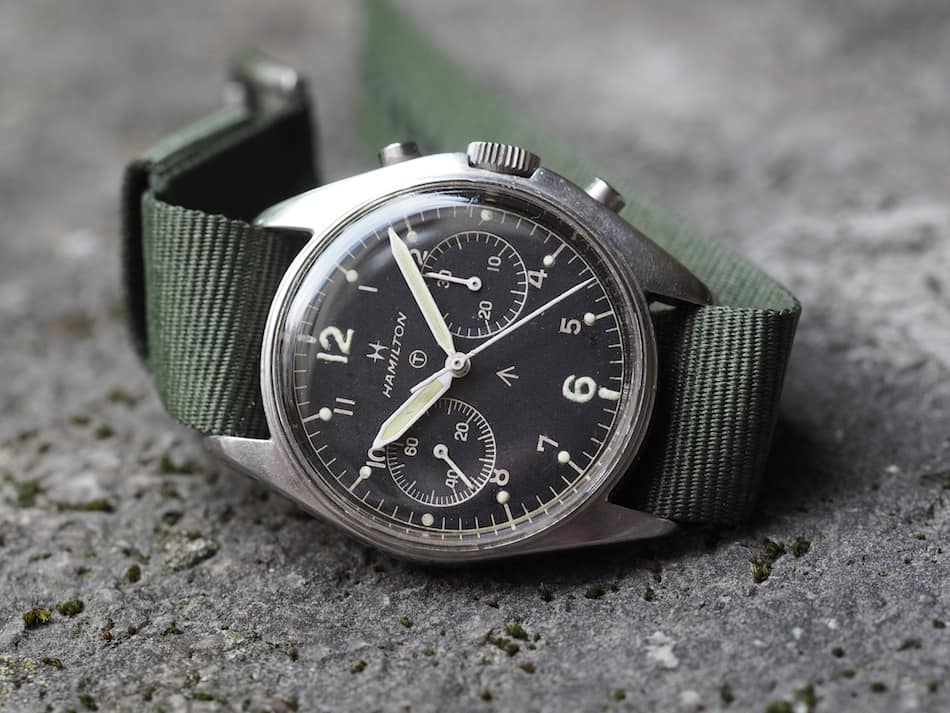Synchronize Watches: Wristwatch Origins and Military Use

It wasn’t long ago that wristwatches were considered a pure novelty. Before they were diving into trenches or soaring above the sky, wristwatches were seen as a delicate liability—prone to the elements (a few cracked crystals and broken stems out in the world might still be a testament to this philosophy). As it were, the first wristwatch ever officially commissioned was designed for the Queen of Naples in 1812. This contributed to a view that the wristwatch was not for common use—but only for niche pageantry. Because of this mentality, the pocket watch prevailed as the default time accessory for most of the 19th century. As the thinking went, the pocket was a logical place to keep your timepiece from harm. After all, it had been a cozy and convenient spot for centuries. However, as industrialization and war became increasingly emergent in the late 19th and early 20th century the wristwatch became an invaluable utility.
The first official use of military wrist watches is something of a debate among the historically minded. It is said that the first mass production of military watches was for German naval officers in 1880 by watchmaker Constant Gerard. However, some argue that the first military use came from British soldiers during the Boer War (1899-1902). They were also potentially utilized by Japanese soldiers in the Sino-Japanese war (1894-1895). No matter the origins of use, these rudimentary wristwatches were seen by their users as an easier way to synchronize time with navigational data or command orders on the battlefield. Having a hands-free approach to timekeeping lessened the chance for human error. In tough situations, free hand movement could keep a ship on-course—or keep both hands on a weapon—with less distraction. Around this same time, a Brazilian aviator requested a similar piece from Louis Cartier for a similar need. The beginnings of a wristwatch revolution were found in these examples—but the real surge in use was due to the demands of WWI.

The “Great War” created a demand for both navigational and battle-ready timepieces that could be easily read in combat situations. Hamilton, Omega, and Elgin were among the first to develop wristwatches for the war effort (especially after the U.S. joined the fighting). Though many rudimentary wristwatches from this time were essentially pocket watches with straps of fabric soldered to them (perhaps a little clunky), their use in both the skies and in the trenches gave soldiers the overall ease-of-use they required. The demands of industrialized warfare came with a need for more rapid and efficient timetelling and navigation on the battlefield—the wristwatch exceeded in its capability to provide for this need. On top of the battlefield practicality, the use on the battlefield gave watch manufacturers a less “fragile” and more “agile” marketing tool for they’re newly developed timepieces. Wristwatches weren’s just for Queens and pageantry anymore, they were a rugged piece of pragmatism made manifest in everyday life.
Fast forward through WWII and up to today: A plethora of technological advancements have continued to reinforce the wristwatch as a battle-ready necessity. The invention of the chronograph wristwatch (for example) allowed for the increased accuracy of time synchronization in military communication. As well, this lead to the tachymeter coming in to use for calculating distance and speed when moving supplies and troops across miles of sky, sea, and terrain. Furthermore, the technology of dive capability has made the wristwatch integral to dive missions and naval upkeep alike.

Post WWII and beyond—military wristwatches have become a symbol of honor, integrity, and endurance. The increased accuracy and structural quality of these timepieces—through the years—has established them as the proverbial rockstars of the watch world. It is perhaps no surprise, then, that so many young people are still receiving their father’s father’s father’s old timepiece as new generations keep moving time forward.
Times Ticking has been in operation for more than 30 years, since 1982. We have performed watch repair for customers both locally and internationally. If it Ticks! We KNOW it! Our team of watch repair technicians have a combined experience in watchmaking of over 120 years.

